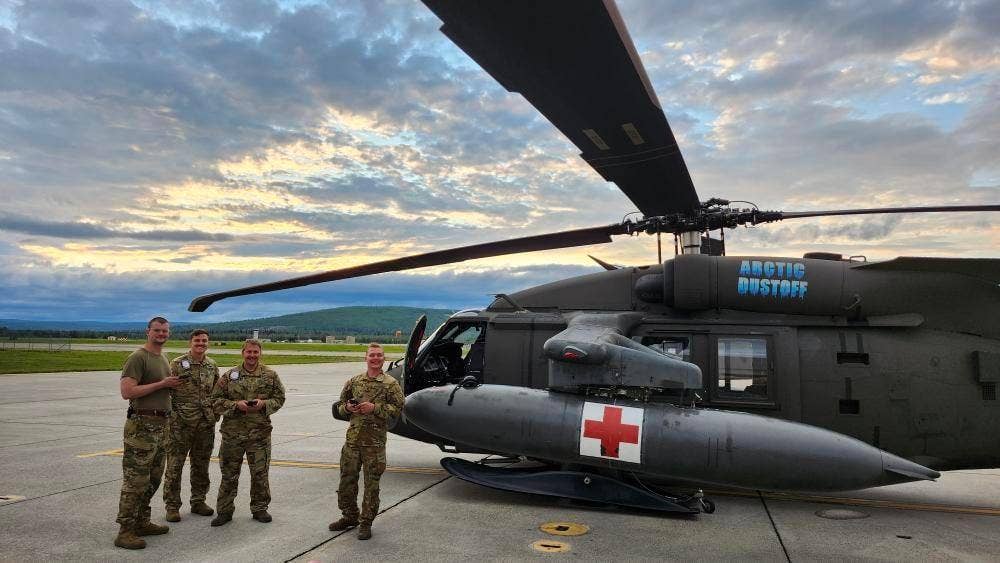V-22 Ospreys Returning to Service After 3-Month Stand-Down
The Air Force, Navy, and Marine Corps had grounded their fleets amid an investigation into the cause of a fatal crash off the coast of Japan.

A CMV-22B Osprey lands on the flight deck of Nimitz-class nuclear aircraft carrier USS “Carl Vinson” (CVN 70). [Courtesy: U.S. Navy]
After a three-month grounding, the V-22 Osprey is back in operation, military officials said Friday.
The Air Force, Navy, and Marine Corps all grounded their tiltrotor fleets December 6 amid an investigation into what caused a crash of an Air Force CV-22 Osprey off the coast of Japan that killed the crew of eight airmen.
Returning the aircraft to service is critical to national defense, officials said.
"Effective March 8, 2024, at 7 a.m. EST, Naval Air Systems Command (NAVAIR) is issuing a flight clearance for the V-22 Osprey, thereby lifting the grounding," NAVAIR said in a statement. "This decision follows a meticulous and data-driven approach prioritizing the safety of our aircrews."
Last month, U.S. Air Force Special Operations Command (AFSOC) said that, while it was known that a materiel failure caused the crash, the cause of that failure has not yet been determined.
In a statement Friday, NAVAIR said it had partnered with the Air Force investigation to identify the materiel failure. "Maintenance and procedural changes have been implemented to address the materiel failure that allow for a safe return to flight," NAVAIR said.
The Marine Corps has returned MV-22s to flight following the Naval Air Systems Command’s announcement that deemed the aircraft safe to fly, and will now execute a deliberate, three-phase plan to return all MV-22 squadrons to full capability.
— U.S. Marines (@USMC) March 8, 2024
Read More ⬇️https://t.co/RJ2Qz8sGsC
Following NAVAIR's bulletin announcing the aircraft's flight clearance, AFSOC said it was implementing a "multi-phased approach" to returning its fleet back to service.
"Phase one of AFSOC’s return to fly plan includes ground and simulator training, integrating planned flight controls, safety briefings, a review of maintenance records, and refining by-squadron training plans to implement the new safety protocols," the command said in a statement.
In the second phase, aircrew and maintainers will go through a "multi-month program" focused on aircraft mission currency and proficiency, AFSOC said.
"While maintainers have remained engaged, conducting maintenance necessary to sustain the CV-22 during the stand-down, they will receive training in line with the maintenance protocols directed by the NAVAIR return to fly bulletin,” AFSOC said. “Each squadron will progress through this phase at different speeds based on a variety of factors including maintenance requirements for aircraft, experience level of personnel in the squadron, and weather impact to flight schedules."
Once that is complete, the aircraft will resume full missions in a third phase.
"This phased approach affords AFSOC the time required to maximize opportunities to learn as much as possible from the Safety Investigation Board and Accident Investigation Board to mitigate risk to our aircrew, maintainers, and joint partners," AFSOC said.

Subscribe to Our Newsletter
Get the latest FLYING stories delivered directly to your inbox






